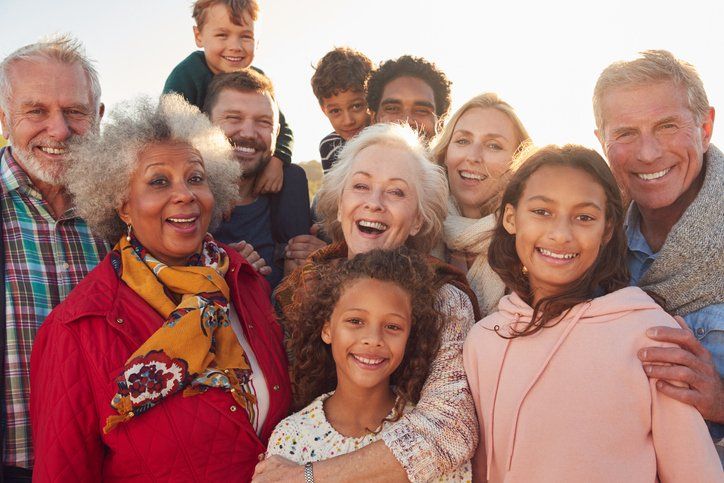Stress & Anxiety
Andrea Houdek • March 15, 2021
Stress & Anxiety

Your heart is racing, your face is flush, it's hard to take a deep breath...what the heck is going on? Our bodies have unique ways of letting us know something is not right and we need to pay attention. It can be confusing to understand what our brain and body are telling us. If this is happening to you over and over again, it's probably exhausting and baffling. Stress and anxiety can make you short tempered, angry, and maybe even having "explosions" of emotion. The first thing you can do is recognize you are in a strong "feeling" space and name it. Naming your emotion does a few things: it brings you into the present moment by speaking out loud, it brings awareness to your brain that you are getting the message and allows you to begin self soothing and deescalating. What does this "self soothing" look like you ask me. Well, it can look different for everyone. There are basic things we can all do, like breathing. I don't mean shallow breathing like a fish gulping air, I mean deep, abdomen exploring breathing. Imagine your are spelunking in your abdomen (yup, I use big words). Deep breathing is done slowly, mindfully and with great intention. We call this the "Square Breath": take a deep breath until you feel your belly beginning to rise for 5 seconds, hold your breath for 5 seconds, release your breath with a great exhalation "WHOOSH" for 5 seconds and hold your exhalation for 5 seconds. This breathing exercise will bring oxygen to your brain and body and allow muscles to relax and regroup. Do this as many times as your need to restore a semblance of calm and peace or maybe just a semblance of not feeling super anxious anymore, maybe just a little anxious. This is what we call deescalating. Instead of allowing your amygdala (it's only a kidney bean shaped brain piece) to be in the drivers seat escalating your anxiety, you are placing yourself back in the drivers seat deescalating. Give this a try next time your are feeling super anxious or even just a little anxious. I have a feeling this square breathing will help.
This year has been a wild roller coaster ride. Some of us sat in the front with our hands in the air screaming. Some sat in the middle quietly gripping the handrails, and some of us sat in the back being whipped from side to side. Regardless of where you sat, we have all arrived in this moment together. How can we help ourselves and our families navigate this crazy year? The Holidays bring traditions, family, great food, celebrations and much more. This year will look different for most of us. If you have children living with you, the challenge of bringing “normal” into the Holidays can be quite daunting. One of the things I have found useful is modeling resiliency for our children. Resiliency has many different looks and involves emotional regulation from adults. Emotional regulation doesn’t mean you show no emotions at all and hide them from everyone around you. It means noticing, naming, and expressing emotions in a healthy manner. Resilience and emotional regulation are learned traits not genetic traits. Each moment in our lives, we have the ability to make choices, new memories and fill our lives with positive energy. Making this choice can be hard to fathom during incredibly difficult times. This is where resiliency comes in. By allowing our children to see emotions modeled in a healthy manner, it allows them to practice this modeling also. Acknowledging sorrow, sadness, fear, joy, excitement, and all of our myriad of emotions helps increase emotional intelligence, understanding and allows for shared moments and forward motion. This modeling can be done through music, art, outdoor activities; let your imagination and the imagination of your children take the lead. There are positive choices to be made during hard times and making them together as a family builds resiliency. Research has shown that children taught resiliency emerge from challenging experiences with a positive sense of themselves and their futures. What new memories can you make as a family this year? Who knows, you might just be creating new traditions!

Many of us have had an enormous amount of time feeling frustrated, trapped, overwhelmed, bored: place your top emotion here__________. We get caught up in our emotional turmoil and have trouble seeing other's emotional space. As adults we have some ability to name and express our feelings. Yes, we are not perfect and are still learning! Children are still learning this important skill too. This is a good time to sit with your children of all ages and explore the many emotions swirling around. This could be through art, music, dance. Find a medium that allows each person to share and then talk about them, dance to them, hang them on the walls. It's time to get it all out!



